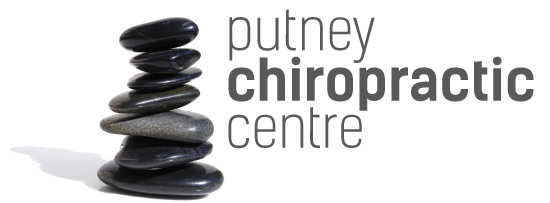Headaches and Migraines: Getting to the Root Cause
Are you someone who suffers from headaches, or do you know someone who does?
Headaches are often dismissed by the public and even some medical practitioners as an insignificant problem that can be solved by popping a paracetamol, but we think it’s unlikely your headaches are due to a paracetamol deficiency and we want to help you discover the underlying cause.
Here are a few of the lifestyle factors to consider that can contribute to headaches…
1. Stress
The fast-paced nature of modern life can lead to increased stress levels, which are a common trigger for tension headaches and migraines.
2. Screen Time
Excessive use of computers, smartphones, and other digital devices can strain the eyes and neck, potentially causing tension headaches or eye strain.
3. Poor Posture
Long hours spent sitting at desks or using devices with poor posture can lead to muscle tension in the neck and shoulders, contributing to headache development.
4. Lack of Sleep
Irregular sleep patterns or inadequate sleep can trigger both tension headaches and migraines.
5. Diet and Hydration
Busy schedules might lead to irregular eating habits or dehydration, both of which can be headache triggers.
6. Caffeine and Sugar
Overconsumption of caffeine and sugary foods and drinks, often found in modern diets, can lead to headaches in some individuals.
7. Sedentary Lifestyles
Lack of physical activity can contribute to muscle tension and reduced blood flow, which may play a role in headache occurrence.
8. Environmental Factors
Exposure to artificial lighting, noise pollution, and changes in air quality can also impact headache frequency and severity.
9. Digital Eye Strain
Prolonged exposure to screens can lead to digital eye strain, causing headaches and discomfort.
10. Hectic Schedules
Juggling multiple responsibilities and a busy lifestyle can lead to elevated stress levels, sleep disruption, and ultimately headaches.
Managing these lifestyle factors is important for headache prevention and Conór will discuss strategies to do so at the upcoming workshop. Hope to see you there!
